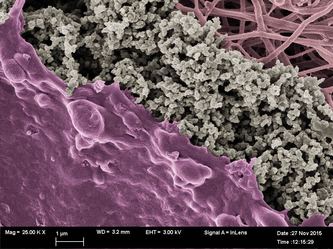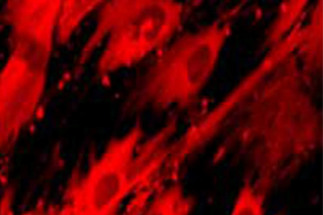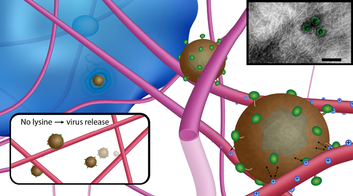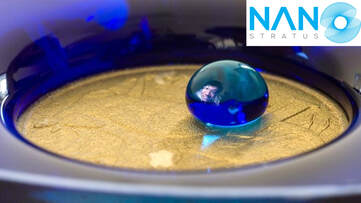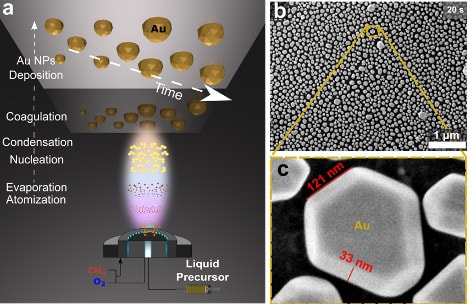Research
The Nisbet Lab is focused on developing advanced biomaterials along three main research themes (Neural Tissue Engineering, Bone Tissue Engineering, and Drug and Viral Vector Delivery). At the core of each of these themes is the development of biomaterials that are used to both mimic native cellular microenvironments and provide a platform for the targeted delivery of therapeutic molecules for regenerative medicine and tissue engineering.
|
Neural Tissue EngineeringThe brain has limited capacity for self-repair or regeneration following damage from traumatic brain injury or disease. Therefore, improving clinical outcomes for patients requires the use of advanced materials to either stimulate intrinsic regeneration processes or deliver therapeutic molecules. Here, the Nisbet Lab is ultilising advanced material processing technologies on the nanoscale for the timely presentation and withdrawal of appropriate proteins that have demonstrated success in promoting brain repair. Specifically, we are developing 3D biofunctional tissue engineering scaffolds with tuneable physical, chemical, and biological properties to provide stable environments for stem cells and to encourage them to differentiate into specific mature cell types.
|
Bone Tissue EngineeringCurrent hip prostheses are capable of replacing the native functionality of bone for short periods of time. However, due to the significant wear and corrosion that occurs at the prosthesis surface, there is a need for biomimetic materials coatings to minimise wear and improve biocompatability. The Nisbet Lab are developing new, tough coatings for implants with the aim of improving mechanical and bone fixation properties. The coating microstructure mimics physiological bone, with a combination of degradable polymer, biologically active nanoparticles and growth factors, developed using simultaneous electrospinning and electrospraying technologies.
|
Drug and Viral Vector DeliverySuccessful delivery of therapeutic molecules is highly dependent on the molecules reaching their target destination without degrading or losing functionality. The Nisbet Lab is actively investigating the use of biomaterials for the support and sustained release of such molecules, in order to improve pharmacological lifetimes in vivo. Using the same scaffold materials we employ for neural tissue engineering, we are developing hydrogels that both protect their therapeutic cargo from degradation and enable the controlled release of multiple drugs at different rates.
|
Pathogen repellent surfaces
Contamination of public surfaces and resultant infections are a major cause of death, as we have recently seen with the rise of COVID-19 and the global fight to stop superbugs. Significant effort is being directed at exploring novel antibiotic free methods to tackle pathogens adhesion and transmission from surfaces, including the development of self-cleaning surfaces that can be deployed in a range of settings, from surgical suites to food preparation areas. We are developing durable superhydrophobic surface and demonstrating them to resist pathogen adhesion in a variety of applications
|
Biosensors
We are engineering biosensors that can detect a range of biomarker for diseases such as cancer, diabetes and MS. Localized surface plasmon resonance (LSPR) is employed as a means of signal transduction during engineering of the biosensor. To achieve this, gold nanoparticles are deposited on a quartz substrate by Flame Spray Pyrolysis, a scalable, robust, and low-cost synthetic route.
|

